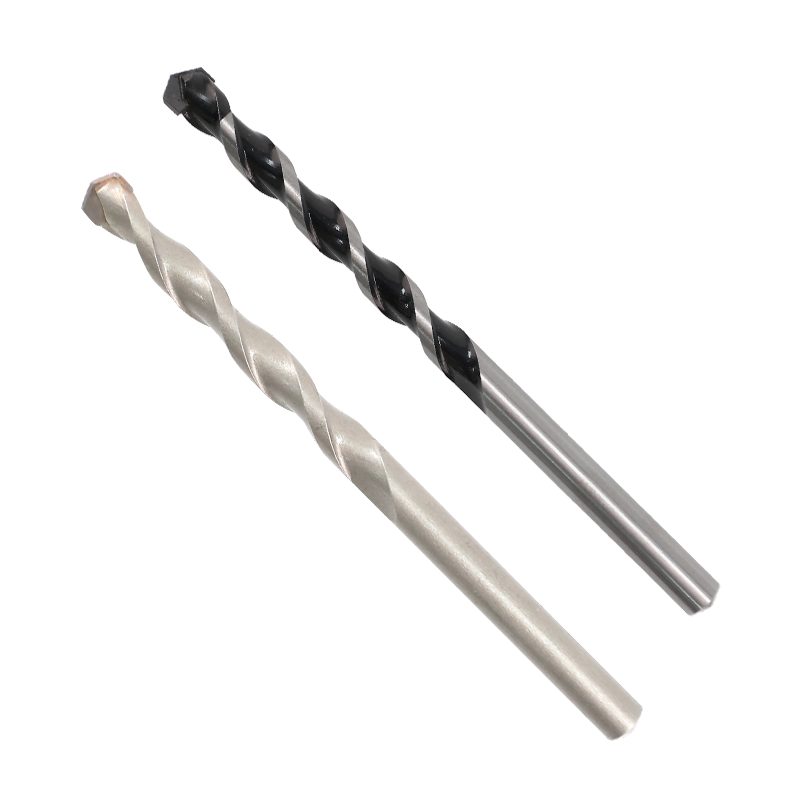2025-09-26
Introduction to Dust Challenges in Hammer Drills
Hammer drills, particularly those designed for concrete, masonry, and stone, are constantly exposed to dust and debris during operation. Fine particles can enter the motor, gear system, and other internal components, causing premature wear and reduced performance. Modern SDS Plus Hammer Drill models often incorporate dust protection features to address these issues. Evaluating how effective these designs are in prolonging tool life is essential for professionals who rely on consistent performance in demanding construction and renovation tasks.

The Impact of Dust on Tool Longevity
Dust is a common enemy for power tools. In hammer drills, accumulated dust can cause friction within moving parts, block ventilation pathways, and interfere with the motor’s cooling process. Over time, this causes overheating, motor burnout, or gear failure. Standard drills without protective mechanisms are particularly vulnerable during continuous use, where dust exposure is constant and extensive. By reducing dust infiltration, an SDS Plus Hammer Drill can maintain smoother operation, reduce maintenance needs, and extend overall service life.
Design Features for Dust Protection
Many SDS Plus Hammer Drill models employ multiple design strategies to prevent dust intrusion. Sealed bearings and gaskets protect critical motor components from abrasive particles, while dust-resistant vents allow airflow without letting fine debris enter sensitive areas. Additionally, some models integrate a dust extraction port or compatibility with vacuum systems, which actively removes dust from the drilling area. These features collectively reduce wear on internal mechanisms and maintain performance even during heavy-duty operations.
Practical Benefits for Continuous Operation
For professionals working on construction sites or renovation projects, maintaining drill reliability is paramount. Dust-resistant designs enable longer continuous operation without overheating or mechanical degradation. Users can drill multiple holes in concrete, brick, or masonry without the need for frequent cleaning or service interruptions. This efficiency translates to time savings, fewer tool replacements, and lower maintenance costs, providing both practical and economic benefits on the job site.
Compatibility with SDS Plus Drill Bits
The SDS Plus system itself supports rapid bit changes and reduces mechanical strain, complementing dust-protection designs. By securely holding the drill bit and reducing internal vibration, the system decreases the likelihood of dust particles entering critical areas. This synergy between bit retention design and dust-resistant features ensures that the drill operates reliably while maintaining high drilling accuracy.
Maintenance Considerations
Even with dust-resistant features, some basic maintenance remains necessary to improve tool longevity. Periodic cleaning of external vents, lubricating moving parts, and inspecting seals or gaskets helps sustain performance over time. However, the need for frequent internal cleaning is greatly reduced compared to older or unprotected models. This convenience allows operators to focus on their work without worrying about tool failure caused by dust accumulation.
Dust Protection as a Key Longevity Factor
Incorporating dust-resistant features into an SDS Plus Hammer Drill significantly enhances its durability and operational lifespan. By preventing debris from entering the motor and gear system, the tool maintains consistent performance, reduces overheating risks, and reduces wear. For professionals who rely on heavy-duty drilling in dusty environments, these design innovations provide not only extended service life but also improved efficiency and reliability. Dust protection is therefore a critical consideration when selecting a hammer drill for long-term use in challenging construction and renovation tasks.